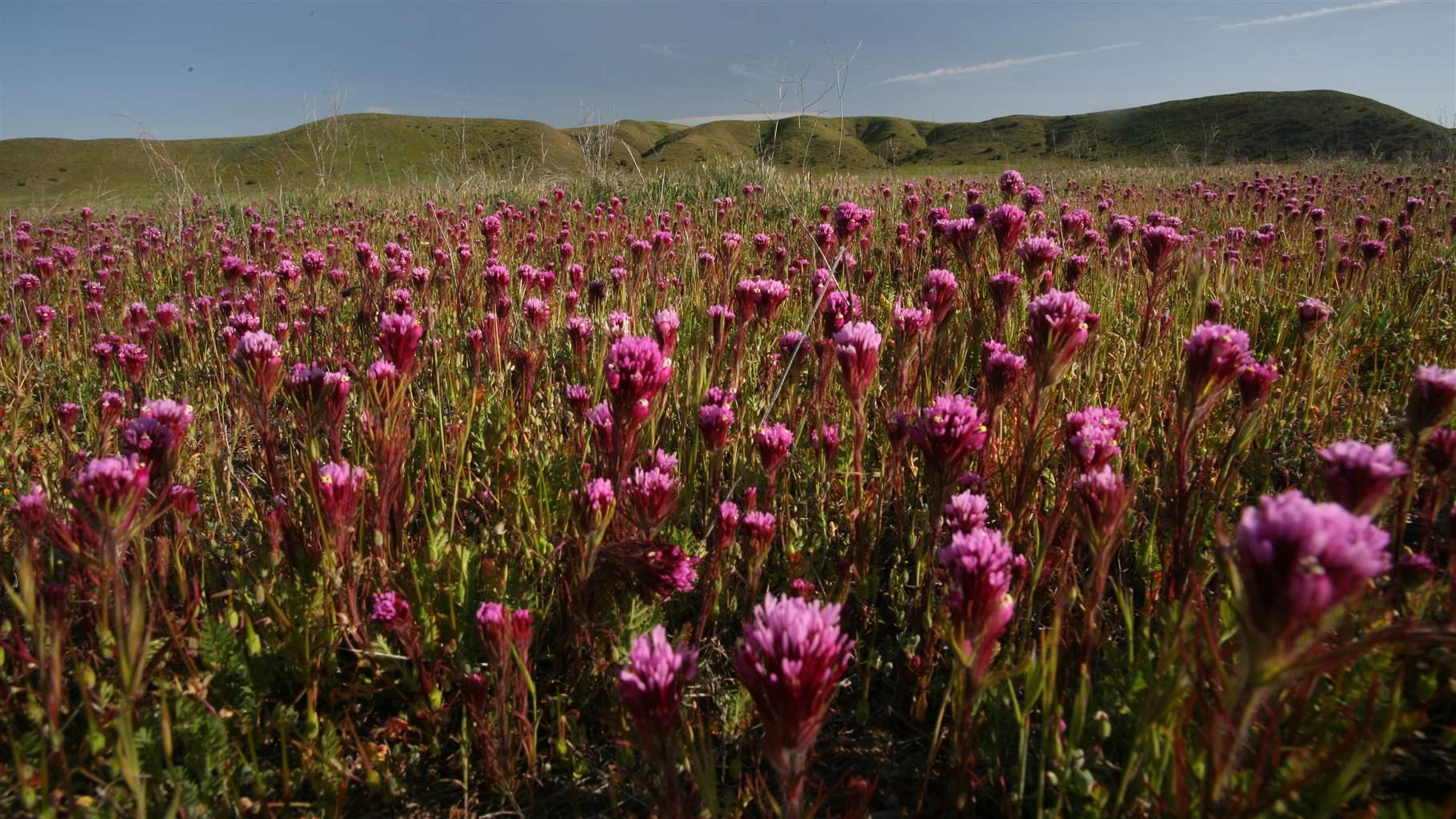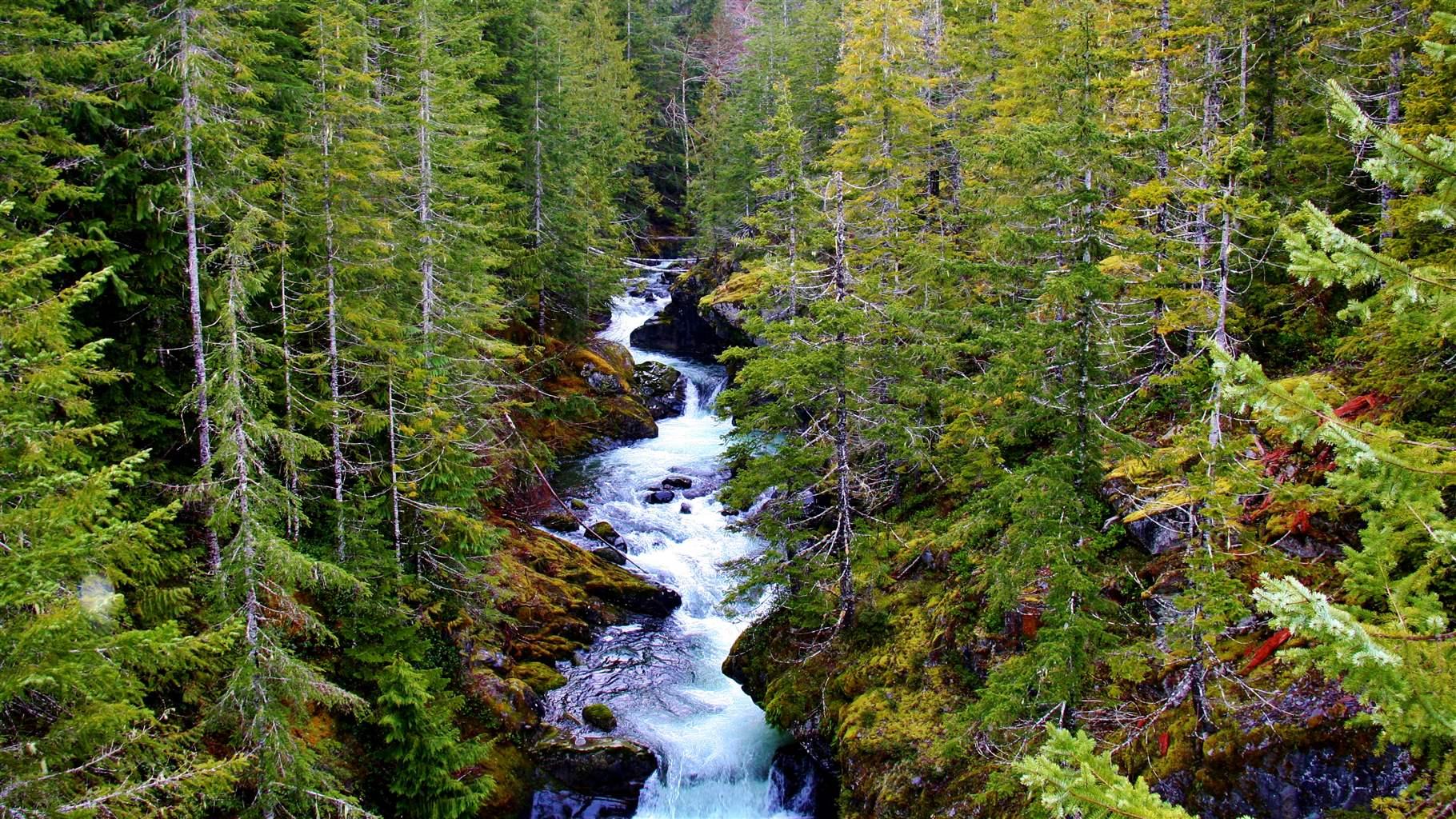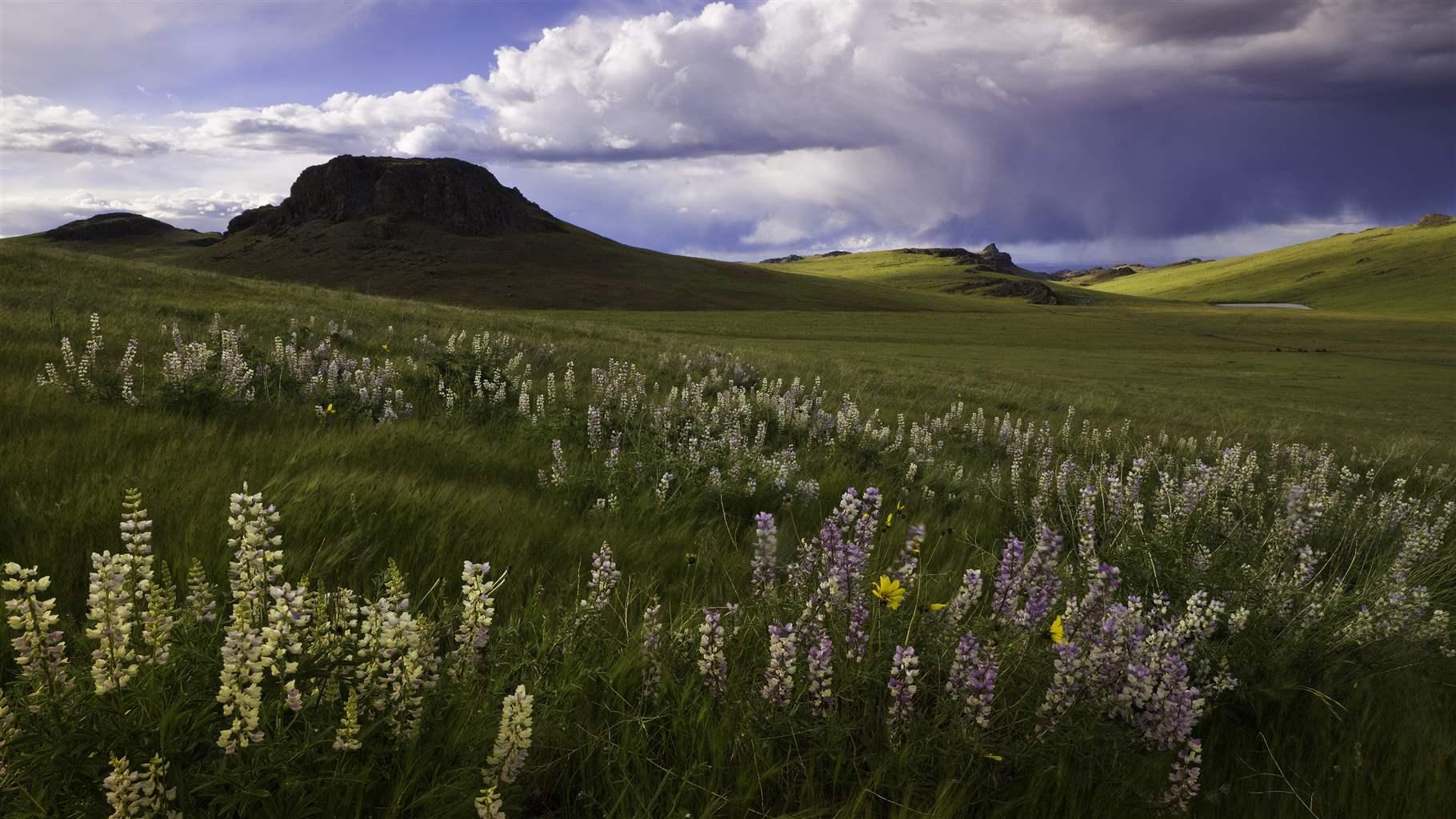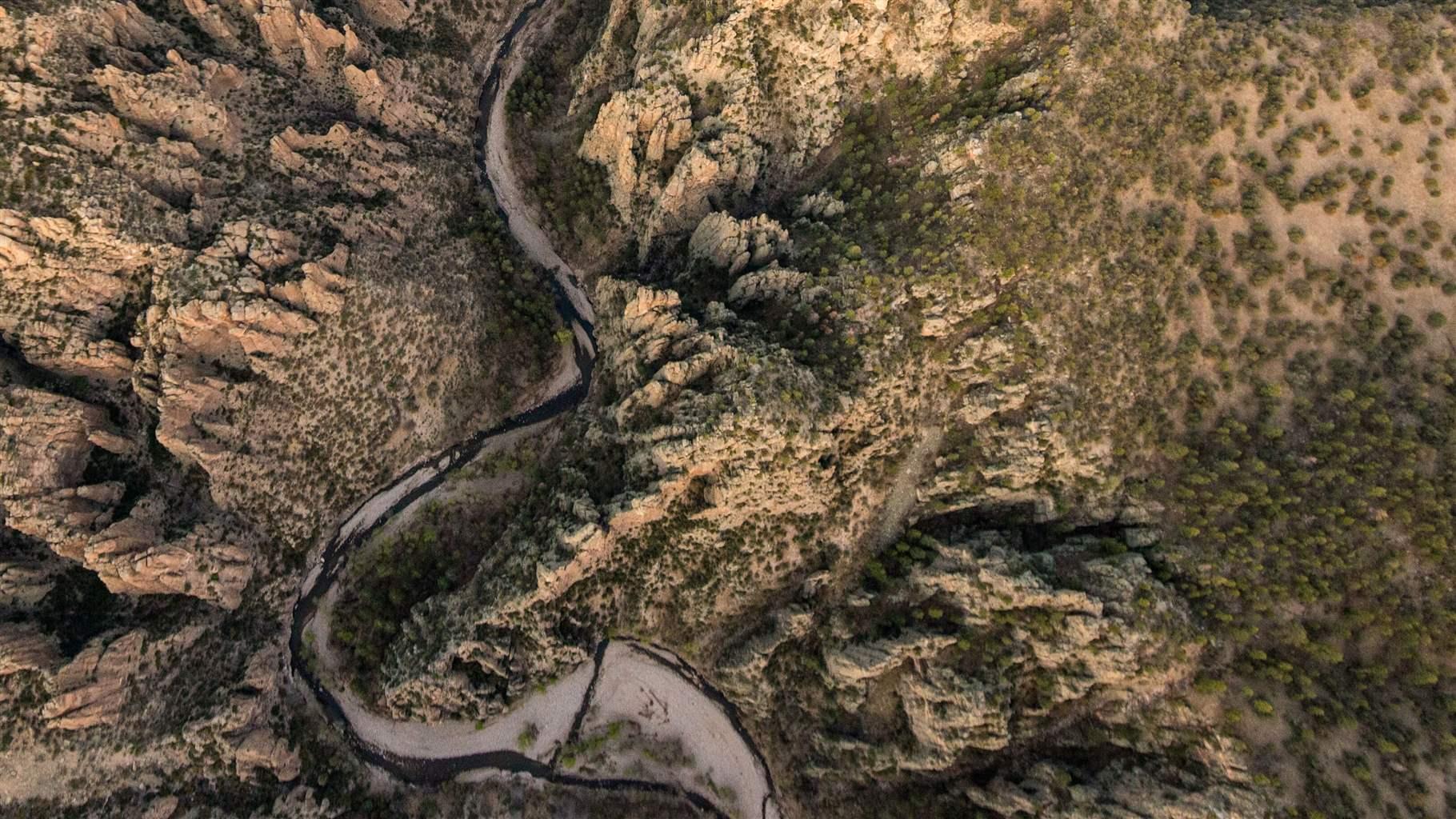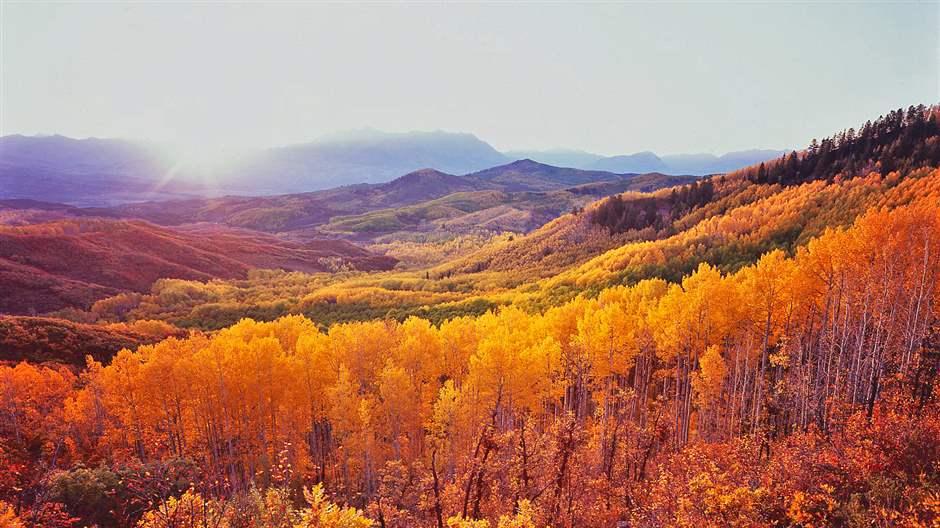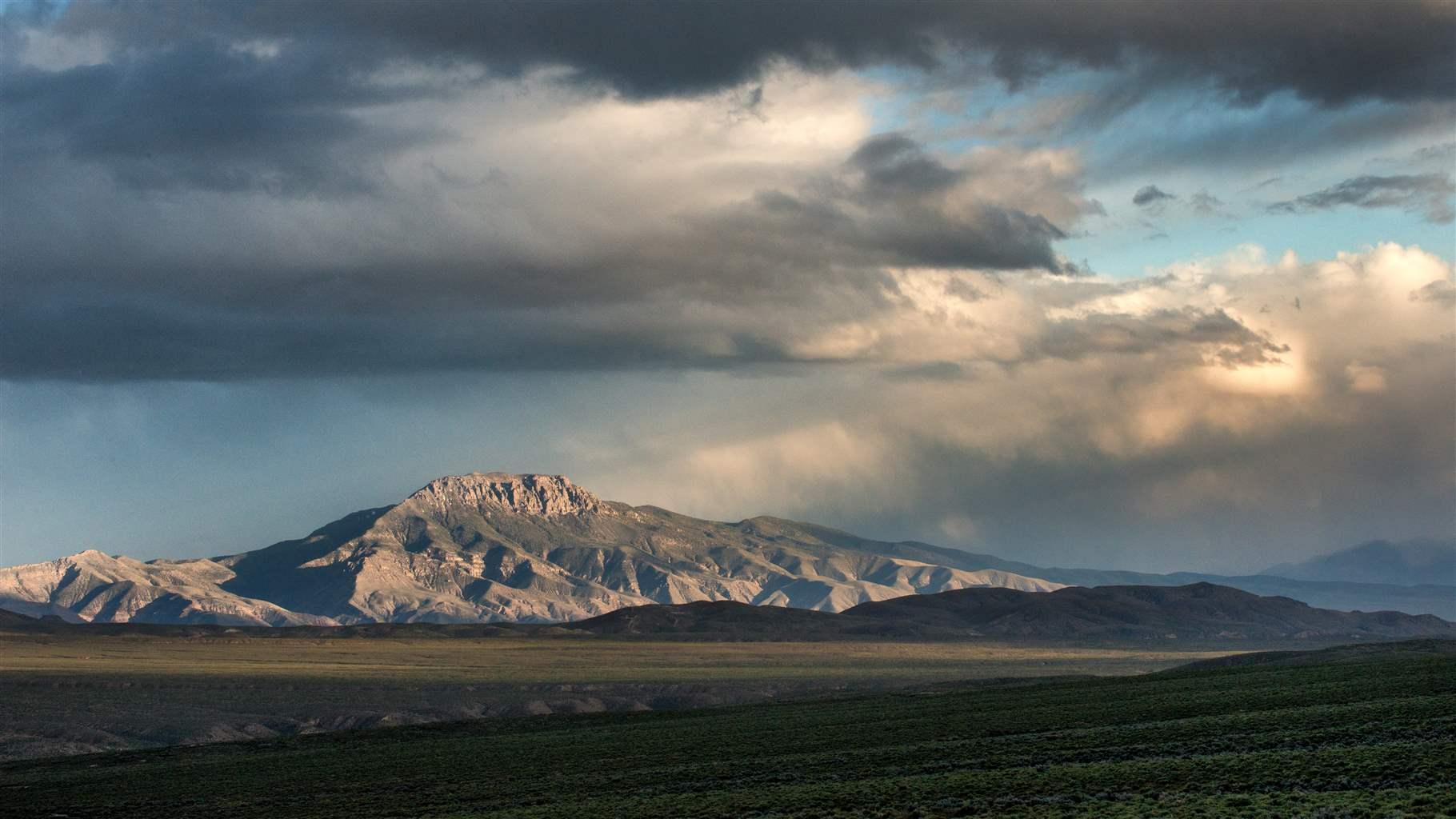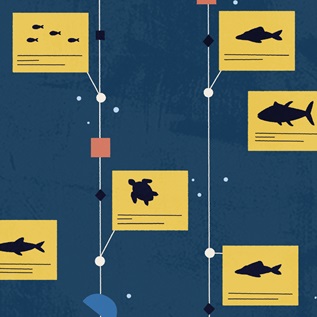Time Running Out for Congress to Protect Lands, Rivers, and Local Economies
National Public Lands Day is a reminder that lawmakers must act on pending bills
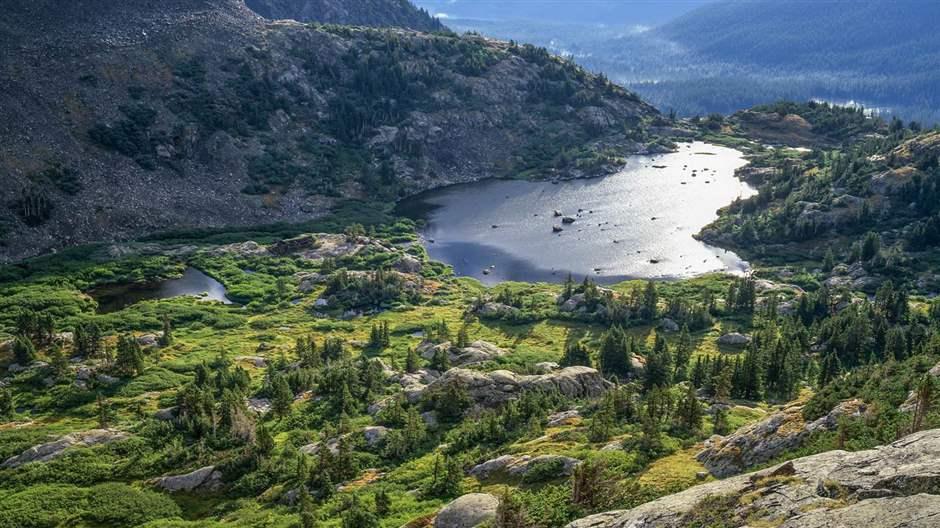
Editor’s note: This article has been updated to correct an error on the PUBLIC Lands Act. An earlier version wrongly stated that the bill had passed the House.
From centuries-old redwood forests and panoramic deserts to sparkling waterways, America’s public lands and rivers are among the most captivating and ecologically diverse in the world. They filter our air, help keep our drinking water clean—and in turn reduce water treatment costs—and provide vital habitat for a range of wildlife, from bald eagles to salmon.
Public lands and waters also sustain local economies, as visitors spend millions of dollars each year in communities adjacent to these protected spaces, generating a major percentage of the 5.2 million American jobs and $778 billion each year in national economic output.
All of this is worth remembering—and celebrating—on Sept. 26, National Public Lands Day. During the COVID-19 pandemic, many Americans have spent more time in national, state, and local parks, designated wilderness, national forests, and Bureau of Land Management areas and have discovered or rediscovered the physical and mental benefits of getting outdoors.
Congress can celebrate our public lands as well, specifically by passing a number of important pending conservation bills this year. Here’s a summary of just a few of those bills:
The Protecting Unique and Beautiful Landscapes by Investing in California (PUBLIC) Lands Act would protect and secure public access to more than 1 million acres of land and some 500 miles of rivers in the San Gabriel Mountains near Los Angeles, the Los Padres National Forest and Carrizo Plain National Monument along California’s Central Coast, and national forests in northwestern California. This bill contains separate measures to safeguard these regions; those bills passed the U.S. House of Representatives in February before being folded into the PUBLIC Lands Act in the U.S. Senate.
The Wild Olympics Wilderness and Wild and Scenic Rivers Act would designate 19 rivers and their tributaries as wild and scenic, and safeguard 126,000 acres of Washington state’s Olympic National Forest. The measure would preserve a source of clean water for local communities, protect critical fish and wildlife habitat, and permanently conserve ancient forests.
The Malheur Community Empowerment for the Owyhee Act would protect nearly 1.15 million acres as wilderness and almost 15 miles of rivers as wild and scenic in the Owyhee Canyonlands, also known as “Oregon’s Grand Canyon.” By passing this bill, Congress could help safeguard some of the darkest night skies in the Lower 48 states and one of the largest intact landscapes remaining in the American West.
The M.H. Dutch Salmon Greater Gila Wild and Scenic River Act would protect roughly 440 miles of New Mexico’s Gila and San Francisco rivers and their tributaries as wild and scenic. Residents have relied on these rivers for food and clean water for centuries. Wild and scenic designation would protect all current uses and traditional values of these rivers—including hunting and fishing access—and would not affect existing private property or water rights.
The Colorado Outdoor Recreation and Economy Act (CORE Act) would safeguard roughly 400,000 acres along the Continental Divide, the Thompson Divide, and in the San Juan Mountains, and would formally establish the Curecanti National Recreation Area as a unit of the National Park System. The bill would also create America’s first national historic landscape: Camp Hale was the original home of the U.S. Army’s 10th Mountain Division, which used the rugged terrain of the Rockies to train thousands of soldiers in the 1940s.
Numerous bills are pending to protect land in Nevada. One would preserve more than 136,000 acres of Pershing County as wilderness. A second would afford the same designation to the 12,400-acre Burbank Canyons in Douglas County—the largest remaining undeveloped area in the Pine Nut Mountains. A third bill would set more than 300,000 acres of the Ruby Mountains—known as the “Swiss Alps of Nevada”—off limits to mining. There is bipartisan support for conserving these landscapes, which are critical for migrating mule deer and bighorn sheep. And a fourth piece of pending legislation would designate 1.3 million acres of the Desert National Wildlife Refuge—the largest wildlife refuge in the Lower 48 states—as wilderness.
Now is the time to permanently protect these vital landscapes within Nevada, Colorado, New Mexico, Oregon, Washington, and California. By passing these bills, Congress can carry on America’s proud tradition of safeguarding remarkable places for all to access, and help strengthen local economies.
Marcia Argust directs The Pew Charitable Trusts’ U.S. public lands and rivers conservation project.
